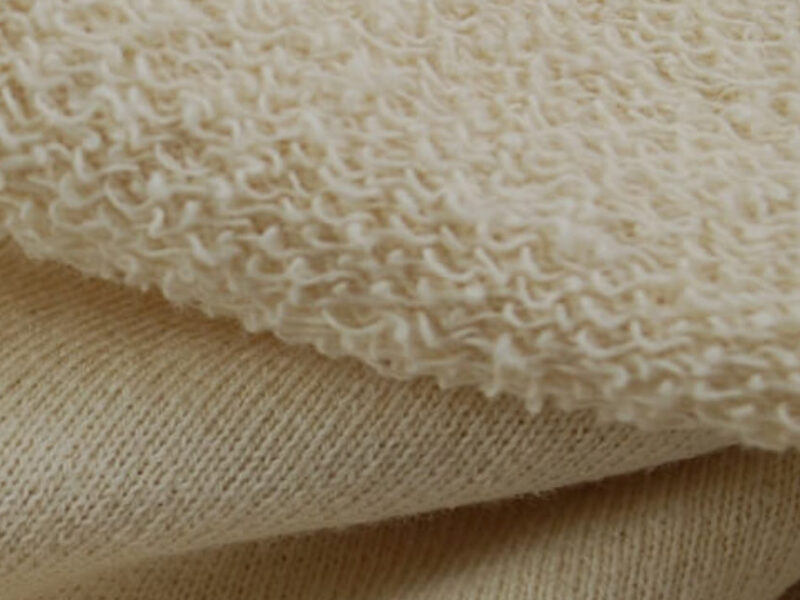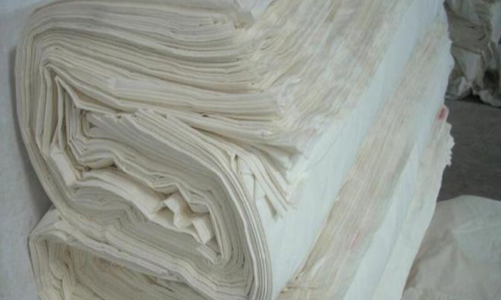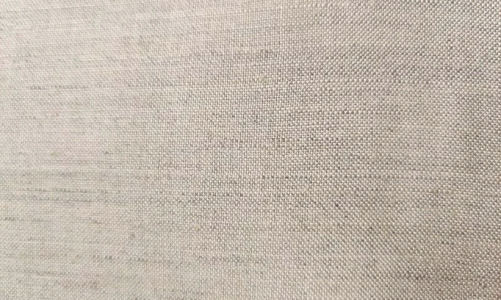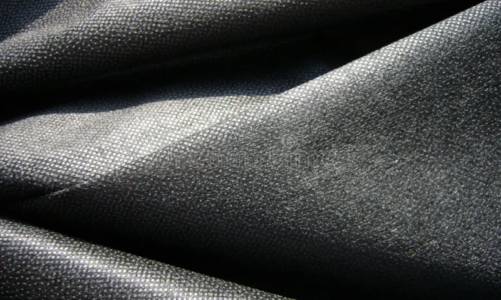Introduction (75 words): Fabric, the versatile material that we encounter daily, holds a captivating history and an array of innovative possibilities. From the earliest civilizations to the modern era, fabric has played an integral role in human life, not only as a functional textile but also as a canvas for artistic expression. In this article, we will delve into the fascinating world of fabric, exploring its historical significance, its diverse applications, and the innovative advancements that continue to shape its future.

The Rich Tapestry of History (125 words): The story of fabric stretches back to ancient times, where civilizations like Egypt, Mesopotamia, and China mastered the art of weaving. These early fabrics served as protection against the elements, an emblem of social status, and a medium for storytelling through intricate patterns and dyes. As time progressed, fabrics became vital in trade and exploration, driving the expansion of empires and sparking cultural exchanges. The Silk Road, for instance, facilitated the exchange of luxurious silks and other fabrics between East and West, bridging continents and fostering connections.
Fabric as Artistic Expression (150 words): Throughout history, fabric has been a canvas for artistic expression. Embroidery, tapestries, and textiles have provided a means for conveying narratives, documenting historical events, and showcasing cultural identities. The Bayeux Tapestry, a remarkable example, depicts the Norman Conquest of England in the 11th century through intricate embroidery. From traditional ethnic textiles showcasing vibrant motifs to contemporary fabric art installations adorning galleries, fabric continues to inspire artists worldwide.
Innovation and Sustainability (100 words): Advancements in technology have revolutionized the fabric industry. Today, fabric manufacturing encompasses a broad range of materials, from natural fibers like cotton and silk to synthetic textiles such as polyester and nylon. Additionally, eco-friendly initiatives have gained momentum, leading to the development of sustainable fabrics made from recycled materials or organic fibers. Innovations in fabric engineering have given rise to smart textiles capable of adapting to temperature changes, monitoring vital signs, and even generating electricity. These advancements not only enhance functionality but also contribute to a more sustainable and connected world.
Fabric Beyond Clothing (100 words): While clothing remains the primary use of fabric, its applications extend far beyond. In architecture, fabric structures provide lightweight and flexible solutions for temporary shelters, event venues, and futuristic building designs. Medical textiles are used in wound dressings, implants, and wearable technology for healthcare monitoring. Automotive industries rely on specialized fabrics for seat covers and airbags. Furthermore, fabrics play a significant role in interior design, from upholstery to curtains, offering endless possibilities for customization and creativity.
Conclusion (50 words): Fabric weaves together the threads of history, art, and innovation. From its humble beginnings as a practical material, it has evolved into a medium for self-expression, technological advancements, and sustainable solutions. As we embrace the future, fabric will continue to enthrall us with its timeless beauty and endless potential.




